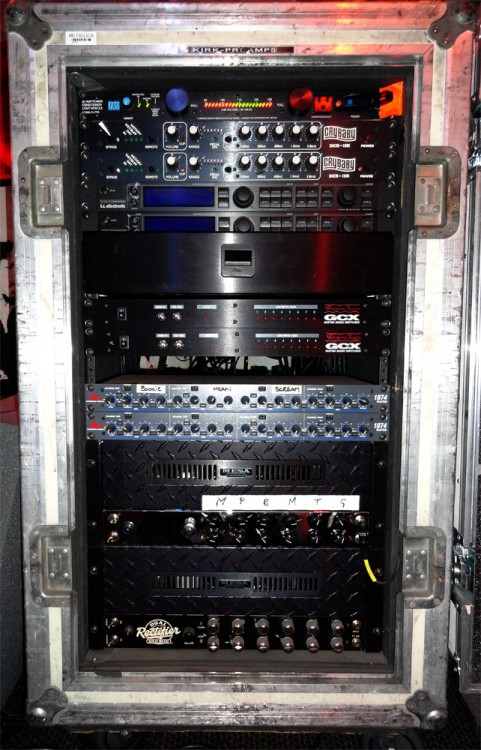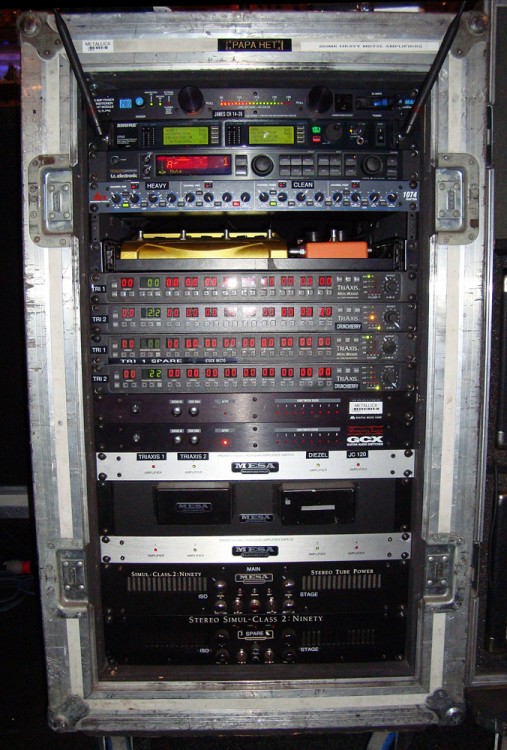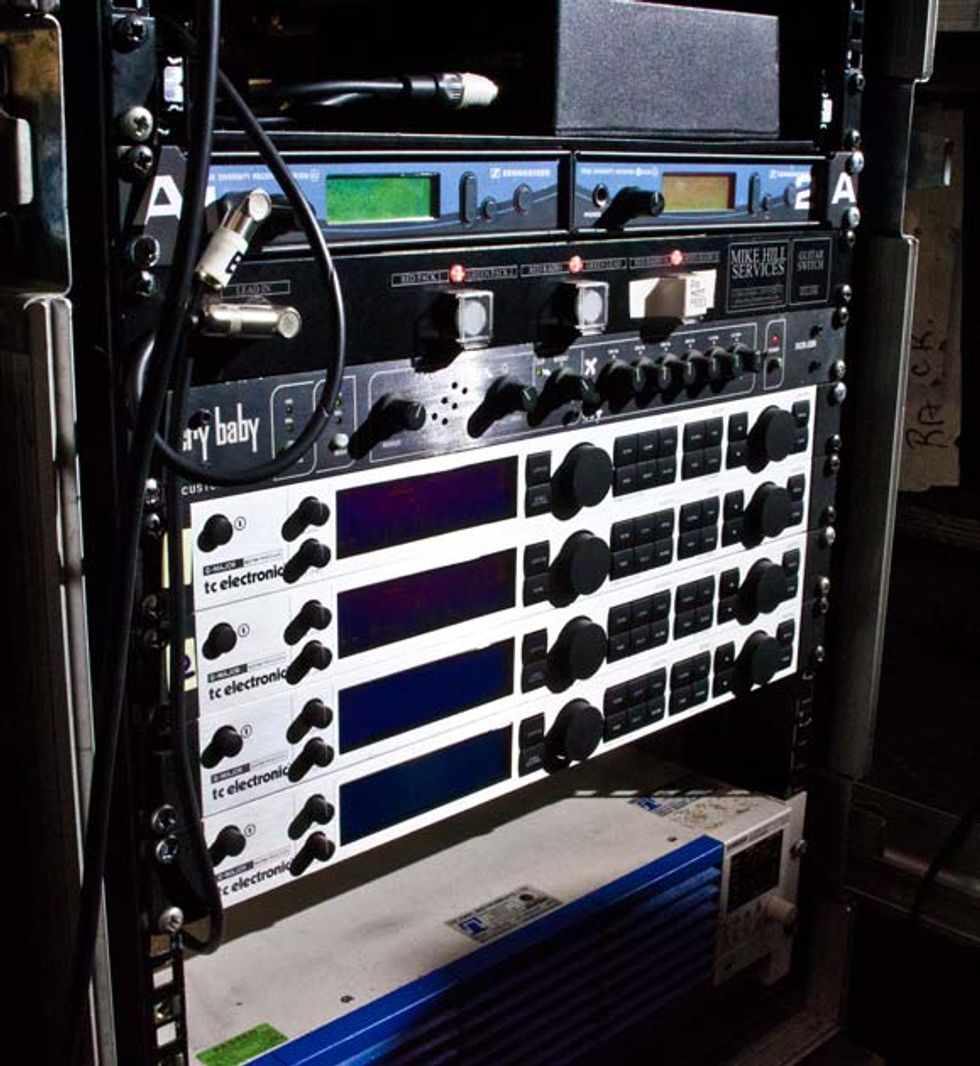guitarbilly74
Active member
The G-Major is not a studio device, so no wonder it's not at Capitol records studio.Well... you kind of shifted your statement. I'm not a big fan of those TC racks, particularly the G major and its variations as they never sounded good to me, being VERY cheap products. The G-Force is a little better but still isn't on the same level as other TC products of higher quality.
You say "more transparent"... now that's the major criticism moved to all these new units as they have no character at all; the cause of this is the removal of the analog input stage (preamp/filters/compander/etc.) which in classic rack units were what created their character, the reason why people love them and still use. I mean... go to the Capitol record in Hollywood, Studio A and B and you'll find a PCM70 in both studios, not a Strymon or a G-dude. Same for all Eventides from H3000 to H8000, TC2290, all Roland, Yamaha, Korg delays, all Lexicon PCMs delays and multi-fx, let alone the glorious Prime Time I/II/III monster delays... and the list goes on and on....
The cheap stuff made today IS transparent... so transparent to even sound glacially cold, dead. I have a TimeLine and a Volante... no matter how you tweak them... there is still a tone that has not much of an epic musical appeal, compared to others delay I own (2x2290s, Korg SDD1200, a spectacular Bel BDE-2400).. and being pedals they havo no versatility really as they can't accept true line levels signals so you have no way to process the good voltage signals thru them... try a piano or an orchestra thru them and you'll laugh badly.
It is not true that today technology delivers better fx processors. That's one of the big lies we are living today. Choice have been made, the kind that makes more money for the foxy bean counters and let young folks with cruelly characterless toys that won't stand the time test.
The smart move today would be to use some of these older classics as many of them are so damned cheap, even cheaper than a Strymon... and get to know the difference both in terms of sound quality AND versatility of algorithms and effects. There is nothing out there in the new products scene that is minimally capable of doing what many 1990s units can do... and with so much better tone!
It's meant to be a live effects processor with relays for amp channel switching, seamless patch changes and the sound quality is definitely good enough for live applications. As such, it could be found on the live rigs of Metallica, Def Leppard, Iron Maiden, Slipknot and many other top artists.
Sorry but by comparing studio racks with the G-Major, you're comparing apples and oranges. It's a live performance processor and a damn good one at it.



